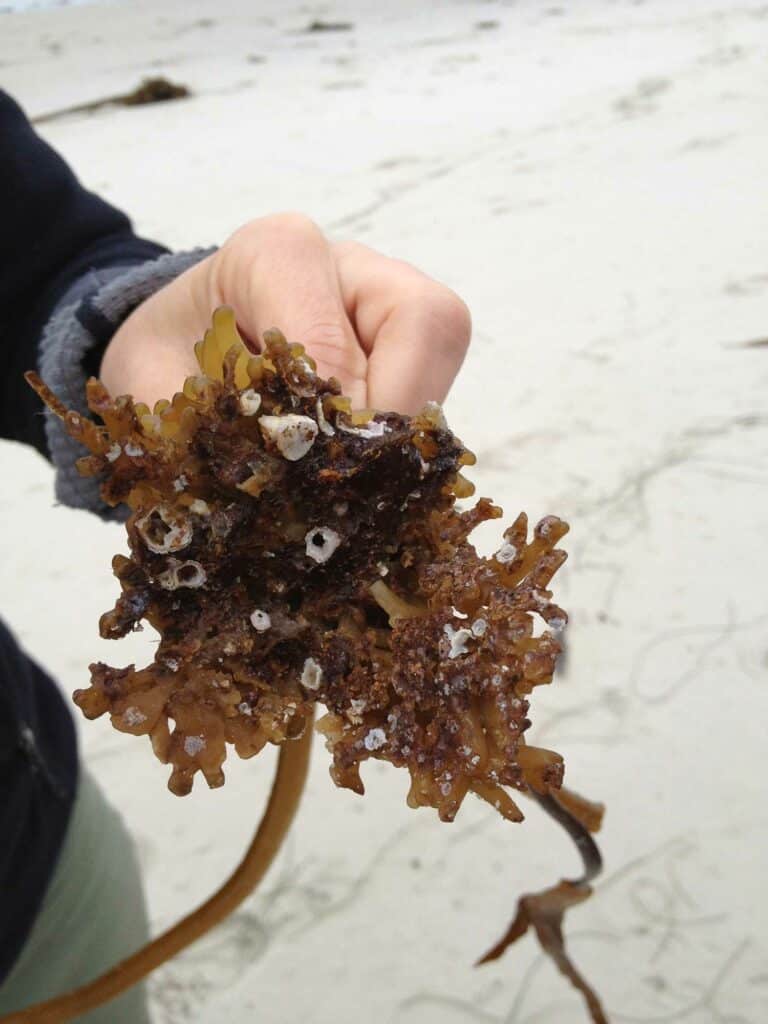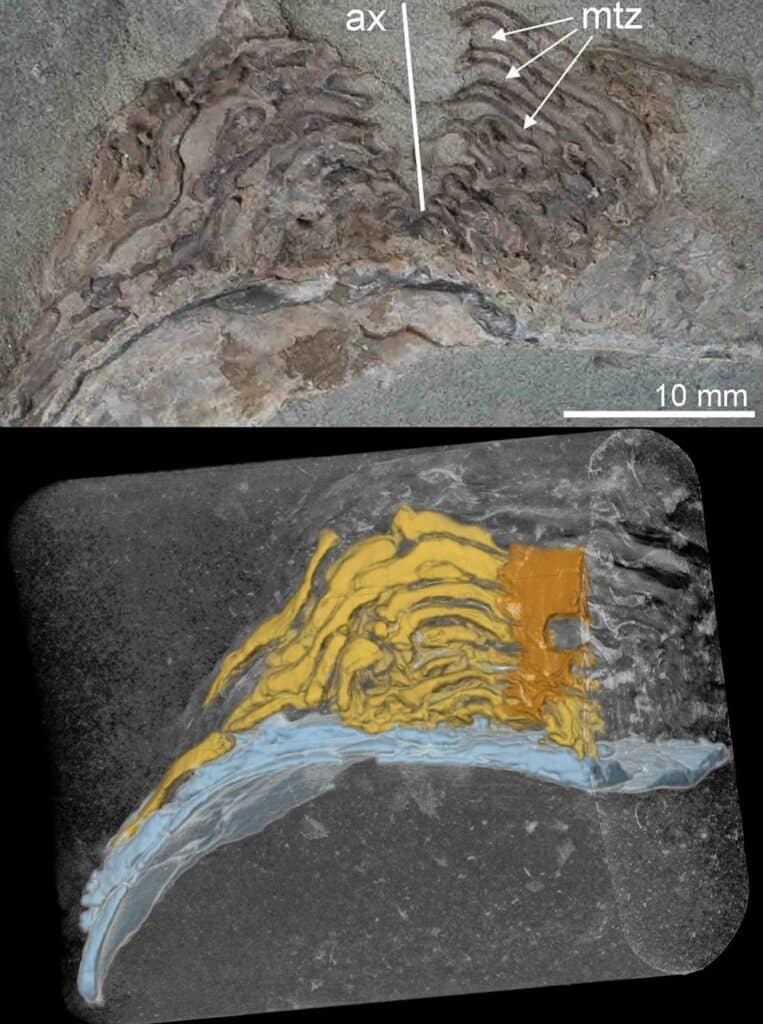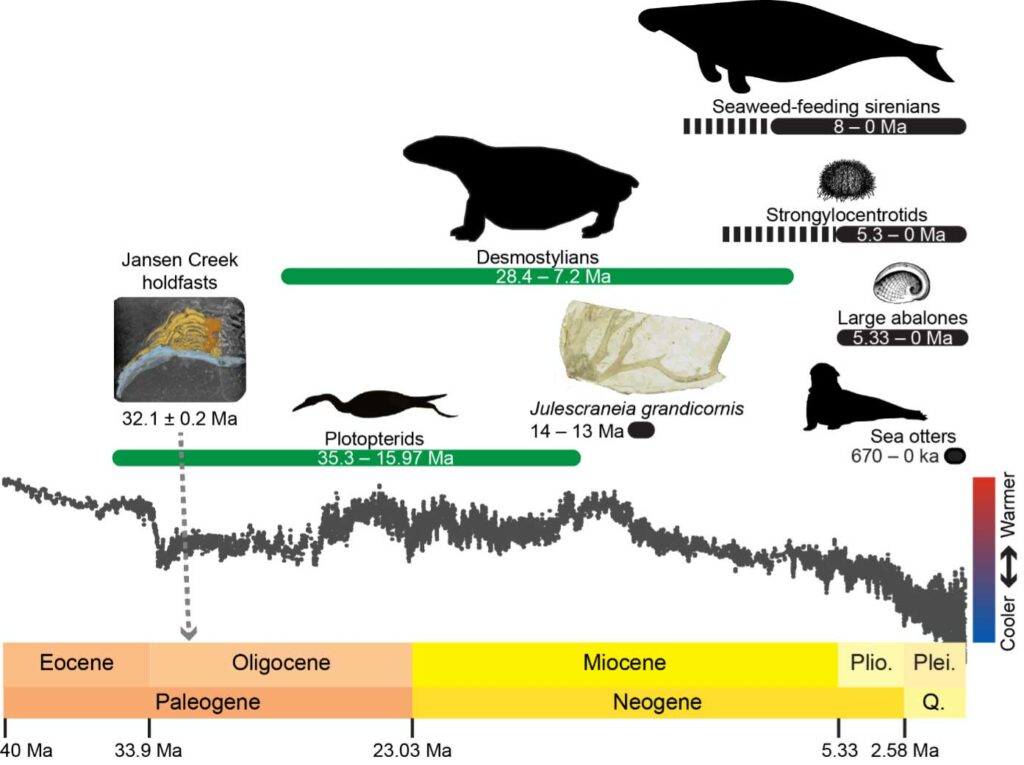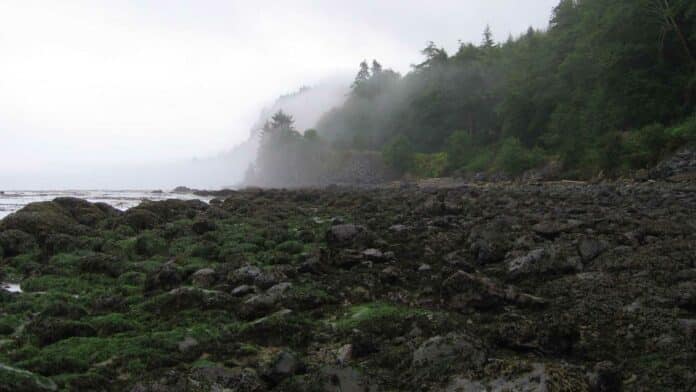Kelp forests are vital ecosystems globally, particularly in the North Pacific Ocean, known for their productivity and economic importance. Despite their significance, understanding the evolutionary origins of kelp forests has been challenging due to a limited fossil record.
The unique kelp forests along the Pacific Coast, known for supporting various sea life, were believed to have formed around 14 million years ago. However, a recent study reveals that these coastal kelp forests thrived over 32 million years ago. This predates modern marine mammals, sea urchins, birds, and bivalves currently inhabit the forests.

The older age suggests these kelp forests likely served as a significant food source for an ancient mammal, similar to a hippopotamus, called a desmostylian, which is now extinct but is believed to be related to sea cows, manatees, and elephants.
The evidence supporting the extended history of kelp forests comes from newly discovered fossils of the kelp’s holdfast, the root-like structure that anchors the kelp to the seafloor. The fossils, which still have clams and encase barnacles and snails, have been dated 32.1 million years ago, marking a much earlier existence of kelp forests than previously thought.
The earliest known kelp fossil, resembling today’s bull kelp, is 14 million years old and is kept at the University of California Museum of Paleontology (UCMP).
Paleobotanist Cindy Looy, professor of integrative biology at the University of California, Berkeley, said, “People initially said, We don’t think the kelps were there before 14 million years ago because the organisms associated with the modern kelp forest were not there yet. Now, we show the kelps were there; it’s just that all the organisms that you expect to be associated with them were not. Which is not that strange because you first need the foundation for the whole system before everything else can show up.”

Steffen Kiel, lead author of the paper and a senior curator at the Swedish Museum of Natural History in Stockholm, said, “Our holdfasts provide good evidence for kelp being the food source for an enigmatic group of marine mammals, the desmostylia. This is the only order of Cenozoic mammals that actually went extinct during the Cenozoic. Kelp had long been suggested as a food source for these hippo-sized marine mammals, but actual evidence was lacking. Our holdfasts indicate that kelp is a likely candidate.”
The ancient kelp forests were simpler than the more recent ones that emerged around 14 million years ago. Fossils from the late Cenozoic era show a rich variety of marine life, including bivalves (clams, oysters, and mussels), birds, sea mammals, and extinct bear-like ancestors of the sea otter. This diversity is not evident in the fossil record from 32 million years ago.
The fossils discovered by amateur collector James Goedert along the Olympic Peninsula’s Jansen Creek in Washington reveal holdfasts of ancient kelp dating back 32 million years. When Goedert examined the stone nodules he found, he identified structures resembling the holdfasts of contemporary macroalgae.
Kiel confirmed the identification of the ancient kelp holdfasts. Kiel employed the ratio of strontium isotopes and analyzed oxygen isotope levels in bivalve shells associated with the fossils. The results indicated that the holdfasts existed in slightly warmer waters than present-day conditions, placing them at the upper-temperature range observed in contemporary kelp forests.

Co-author Dula Parkinson, a staff scientist with the Advanced Light Source at Lawrence Berkeley National Laboratory, assisted in obtaining a 3D X-ray scan of one of the ancient kelp holdfast fossils using Synchrotron Radiation X-ray Tomographic Microscopy (SRXTM). The detailed X-ray slices revealed the presence of a barnacle, a snail, a mussel, and tiny, single-celled foraminifera within the holdfast, in addition to the bivalve on which it was situated, providing valuable insights into the ecosystem of the ancient kelp forests.
Looy noted, however, that the diversity of invertebrates found within the 32-million-year-old fossilized holdfast was not as high as would be found inside a kelp holdfast today.
“The holdfasts are definitely not as rich as they would be if you would go to a kelp ecosystem right now. The diversifying of organisms living in these ecosystems hadn’t started yet.”
Journal Reference:
- Steffen Kiel, James L. Goedert et al. Early Oligocene kelp holdfasts and stepwise evolution of the kelp ecosystem in the North Pacific. PNAS. DOI: 10.1073/pnas.2317054121
